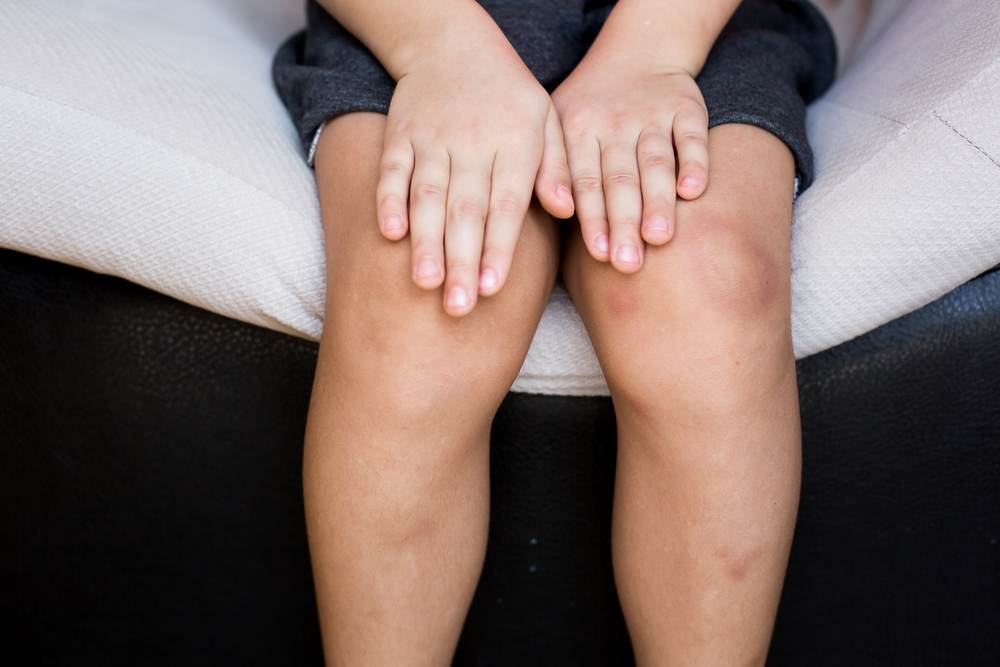Poor Joint Health Linked to Lower Self-Esteem in Adolescents with Hemophilia, Study Suggests

Poor joint health is associated with a higher risk of low self-esteem in adolescents with hemophilia, a study has found.
The study, “Assessment of Self-Image With the Offer Self-Image Questionnaire in Adolescents With Hemophilia: A Single-Center Experience,” was published in the Journal of Pediatric Hematology/Oncology.
In adolescents, body image and physical appearance are linked to self-esteem. Many studies have reported that teenagers with body deformities are more likely to have lower self-esteem, face more problems at school, and deal with higher levels of stress, depression, and anxiety.
In people with hemophilia, body image and physical appearance may be affected by clinical symptoms of the disorder, including bleeding episodes and joint problems.
Now, physicians from the Dr. Behçet Uz Children’s Hospital in Turkey sought to investigate the factors contributing to alterations in self-esteem and self-image in adolescents with hemophilia. The team analyzed clinical and demographic data of 32 adolescents with hemophilia, ages 13-19, and 35 healthy peers (controls), ages 13-18.
Patient medical records were used to compile information about the type and severity of the participants’ disease and annual bleeding rates, as well as data on the types of treatment received. The Hemophilia Joint Health Score (HJHS) was used to assess joint health and the Offer Self-Image Questionnaire (OSIQ) to evaluate self-esteem in all study participants.
Among the 32 adolescents with hemophilia participating in the study, 28 (87.5%) had hemophilia A and four (12.5%) had hemophilia B. More than two-thirds (68.8%) of the patients had severe hemophilia and only 9.4% had a milder form of the disease.
Most adolescents (81.3%) were on an active prophylactic regimen, and only 18.7% were receiving on-demand therapy to manage their bleeding episodes. The median annual number of spontaneous bleeding episodes within a year in the overall population was six.
Analyses revealed that adolescents with hemophilia had lower median OSIQ scores compared with healthy peers (212.5 versus 250.0), suggesting they had lower self-esteem.
However, no significant differences were found in OSIQ scores between those receiving different therapy treatments, having different degrees of disease severity, or experiencing more or less than four spontaneous bleeding episodes within a year.
The median OSIQ score of patients with affected joints (HJHS higher than 0 points) was lower than those of individuals without affected joints (198.0 versus 223.0).
Apart from the subscale of sexuality attitudes, all subscale parameters assessed in OSIQ, including mental health and body image, were lower for those with hemophilia compared with the healthy controls.
“It was interesting that hemophilia patients had higher sexuality attitudes than their healthy peers in our study,” the researchers said, pointing out that another study had a similar finding.
“We think that hemophilia patients do not feel limitations in relation to sexuality because of their illness,” they added.
“Patients with pathologic HJHS are at risk of low-esteem,” the researchers concluded. “Thus, using OSIQ and HJHS together to monitor hemophilia patients in the adolescent period may be helpful for physicians to support their patients.”






